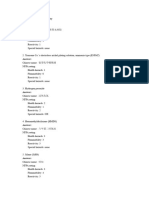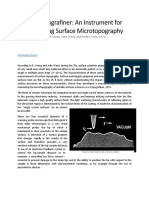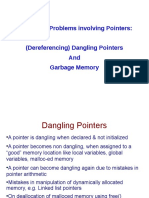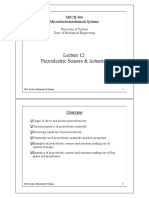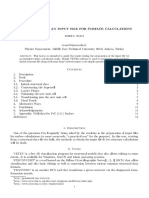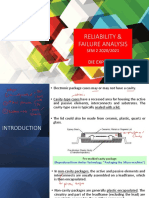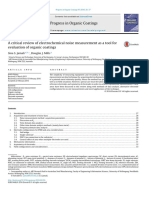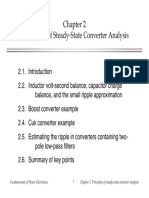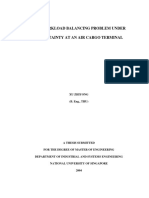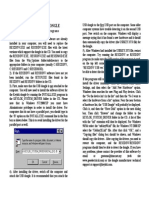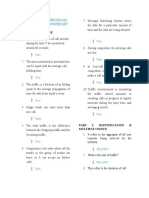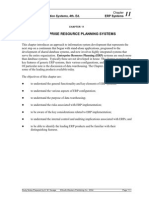0% found this document useful (0 votes)
306 views23 pagesStructure Setup For TranSIESTA Calculations
This document discusses the setup for TranSIESTA calculations, including:
1. Electrodes are modeled as pure SIESTA calculations with many k-points in the transport direction to ensure periodicity.
2. Molecules are attached to electrode connections and intermediate electrode layers on both sides to model screening effects and ensure the electrodes behave as bulk.
3. The number of intermediate electrode layers is determined by converging the screening length such that the electrodes far from the molecule defect behave as bulk.
Uploaded by
Süleyman Emre ÖnsayCopyright
© © All Rights Reserved
We take content rights seriously. If you suspect this is your content, claim it here.
Available Formats
Download as PDF, TXT or read online on Scribd
0% found this document useful (0 votes)
306 views23 pagesStructure Setup For TranSIESTA Calculations
This document discusses the setup for TranSIESTA calculations, including:
1. Electrodes are modeled as pure SIESTA calculations with many k-points in the transport direction to ensure periodicity.
2. Molecules are attached to electrode connections and intermediate electrode layers on both sides to model screening effects and ensure the electrodes behave as bulk.
3. The number of intermediate electrode layers is determined by converging the screening length such that the electrodes far from the molecule defect behave as bulk.
Uploaded by
Süleyman Emre ÖnsayCopyright
© © All Rights Reserved
We take content rights seriously. If you suspect this is your content, claim it here.
Available Formats
Download as PDF, TXT or read online on Scribd
/ 23



